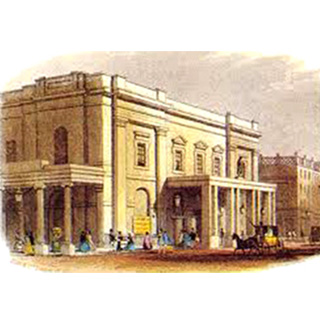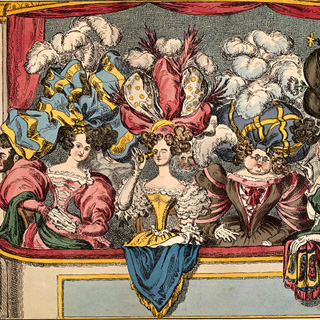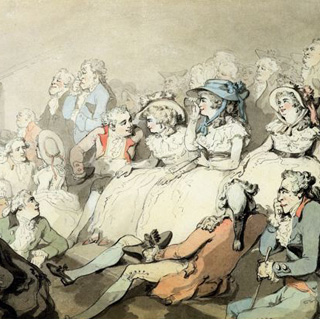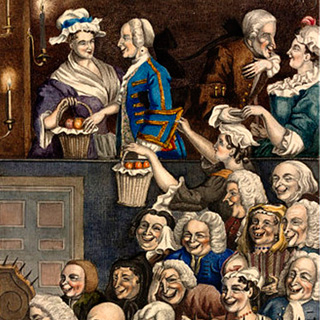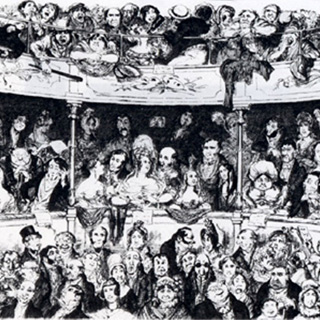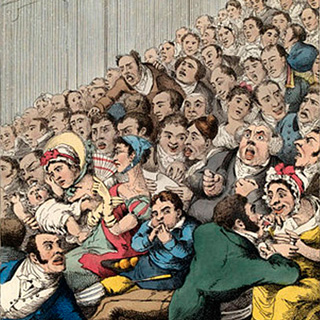Drury Lane Chronicles, 1826-30
This series comprises four annotated Chronicles of performances, actors, authors, and related events when Stephen Price was the lessee of the Theatre Royal Drury Lane in 1826-30.
The Chronicles provide theatre historians and general readers with a season-by-season inside view of the workings of the premier Georgian theatre. Among the questions addressed are: Royal Drury Lane’s status as the ‘Home of the National Drama’ (along with its arch rival, Covent Garden), at the hub of an extensive network of provincial theatres. Who were the great tragedians, comedians and singers, and how did they behave on and off stage? How did Price drive the massive drama factory through the winter seasons, each requiring over 450 dramatic performances for 220 nights? How did critics and the ‘Gods’ in the galleries arbitrated the success or failure of managers and actors. And, the importance of royal patronage.
Who Was Stephen Price?
Like Georgian theatres were generally, Drury Lane and Covent Garden were operated by actor-managers who paid rents to shareholders, hired other actors, and financed productions. While profits were necessarily the ultimate arbiter of success, they were also attracted by the prestige of directing Britain’s foremost theatres, as well as showcasing their own directorial and thespian talents. However, such ‘theatrical speculations’ were notoriously risky and invariably ended in financial exhaustion.
STEPHEN PRICE (1783-1840) represented a new breed of impresarios. Unlike the legendary Garrick, Sheridan & Elliston, he was not an actor, or even English. Price had gained his experience in theatre management at the Park Theatre, New York, which he also used as a lucrative base for supplying English actors to other eastern U.S. theatres. His star recruits included Edmund Kean, Wm. C. Macready & James Wallack.
On wishing Mr Price success in ‘this very arduous undertaking’ in 1826, ‘The Times’ also admitted, ‘ on a principle of national feeling, it is galling, as it must be flattering to the vanity of our trans-Atlantic rivals, to see an American at the head of this great establishment’. Price was generally regarded as an enterprising and honourable manager, but ultimately he was unable to sustain the vast theatre and was obliged to quit the lease in 1830.
Buy Drury Lane Chronicles: Part 1: 1826-7
Part 1 of the Chronicles explains Stephen Price’s American origins and arrival at ‘Old Drury’. It provides an annotated account of how he assembled his company of actors and directed his crucial season with the assistance of James Wallack, the experienced trans-Atlantic actor and stage-manager. Particular attention also is given to how, in response to declining public interest in ‘legitimate drama’, Price began a concerted build-up of the theatre’s presence in opera and musical entertainment generally.
Subsequent, sections of this website will describe the contents of Part 1in detail & how it may be purchased.
